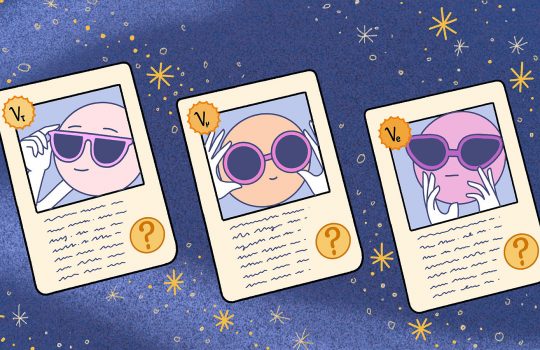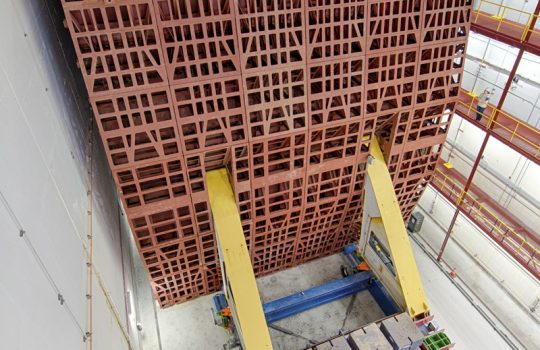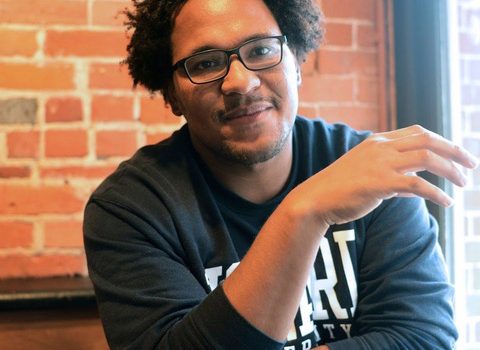New results from NOvA experiment shed more light on neutrinos’ identity-changing behavior
The NOvA collaboration has released the result of its latest measurement of neutrino oscillations. The results provide greater insight into neutrino properties, specifically mass ordering and charge parity symmetry.




